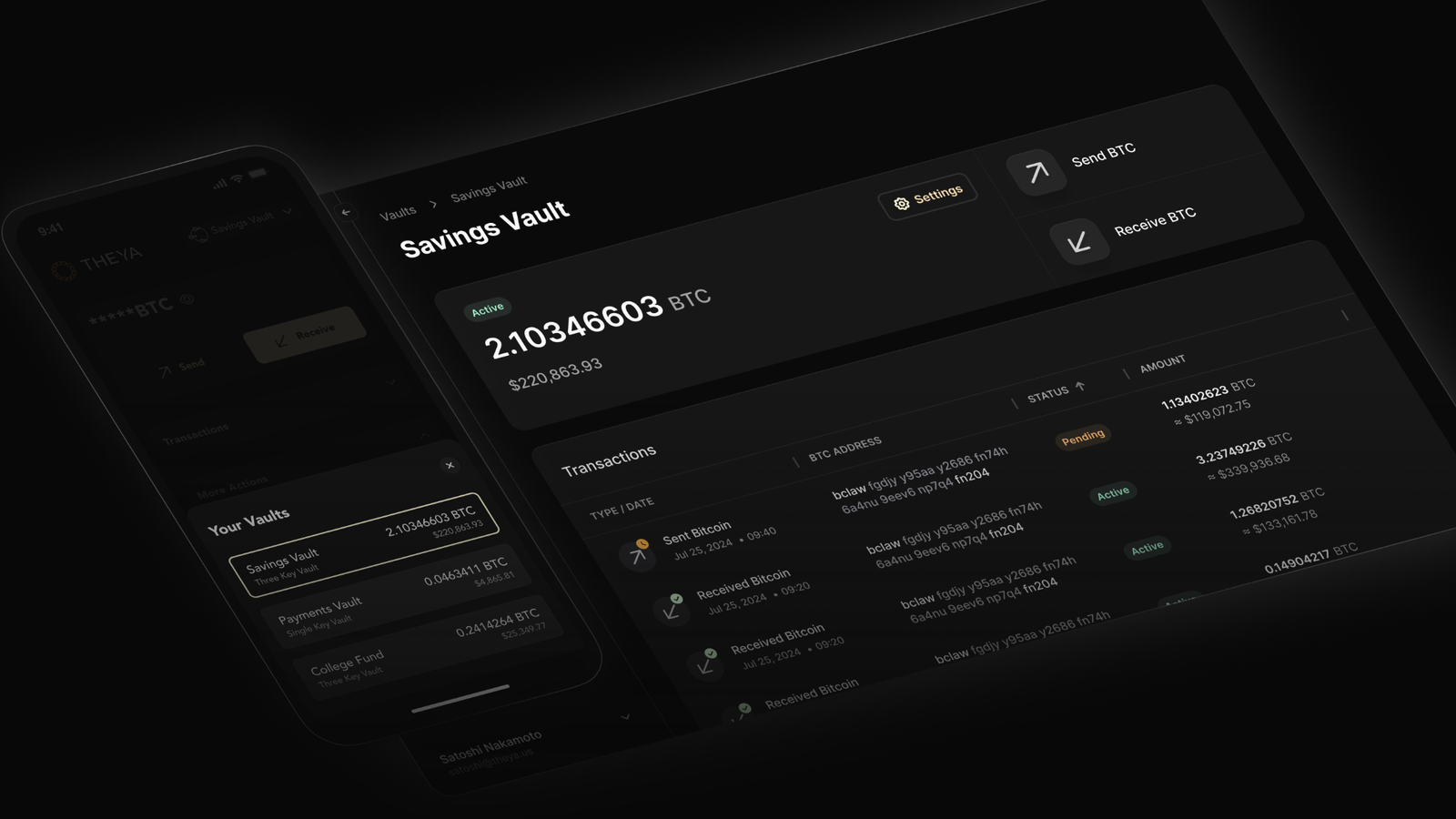The concept of using tools for automated website monitoring is not new, but its relevance has soared with the increasing complexities of web functionalities and the critical nature of maintaining high availability and performance. A reliable web monitoring tool can serve as your 24/7 watchdog, scrutinizing various aspects of your site to detect issues before they escalate into major problems that could affect user experience or revenue.
### Why Use a Website Monitoring Tool?
1. **Uptime Monitoring**: One of the primary functions of these tools is to check if your website is accessible to users around the clock. Downtime can be costly not just in terms of lost sales but also in diminished customer trust and potentially lower search engine rankings. An effective monitoring tool alerts you immediately when your site goes down, allowing you to act quickly to resolve the issue.
2. **Performance Tracking**: Website speed is crucial for user satisfaction and SEO rankings. Monitoring tools continuously assess the loading times of your pages and can help identify bottlenecks causing delays. This information is vital for maintaining an efficient, fast-loading site that keeps users happy and engaged.
3. **Security Alerts**: With cyber threats evolving rapidly, having a proactive approach to security is more important than ever. Monitoring tools can scan for vulnerabilities or suspicious activities, ensuring that potential security breaches are identified and addressed promptly.
4. **Content Checks**: These tools can verify that all links on your website are working correctly without leading to dead ends or error pages which could frustrate users and damage your SEO efforts.
5. **SEO Monitoring**: Some advanced tools offer features that help track how well your site is performing in terms of search engine optimization by monitoring keywords, backlinks, and other critical SEO elements.
### How Does It Work?
Most website monitoring tools operate by sending regular pings to your website from servers located around the world, emulating real user interactions. If an anomaly is detected—be it downtime, slow page loading speeds, or content issues—the tool sends notifications via email, SMS, or even direct calls depending on your preference settings.
Certain sophisticated services provide dashboard functionalities where you can view comprehensive reports about uptime statistics, performance metrics, historical data analysis, detailed logs of incidents, and much more.
### Choosing The Right Tool
Selecting the right tool depends largely on what aspects of your site you most need to monitor as well as how much you’re willing to invest in such technologies:
– **Basic vs Advanced Features**: If you’re primarily concerned with uptime and basic performance metrics standard solutions may suffice However if you need detailed insights into SEO effectiveness or real-time security threat detection opt for more advanced comprehensive solutions
– **Budget Considerations**: While there are free services available these often come with limitations Premium services typically offer more robust features better support greater scalability according expert needs
– **Ease Of Use And Integration**: Consider how easily the tool integrates with existing systems How straightforward its dashboards reports managing require minimal technical expertise
By using an effective website monitoring tool you place yourself in a position where issues are detected managed almost instantaneously freeing up valuable time resources so that you can concentrate on growing business strategic planning other core activities Maintain peace mind knowing that vital aspect digital presence looked after efficiently competently
In conclusion embracing such technologies not just about fixing problems it’s about preventing them ensuring constant delivery exceptional online experiences Knowing everything running smoothly behind scenes gives freedom do anything else secure knowledge interests best protected



















